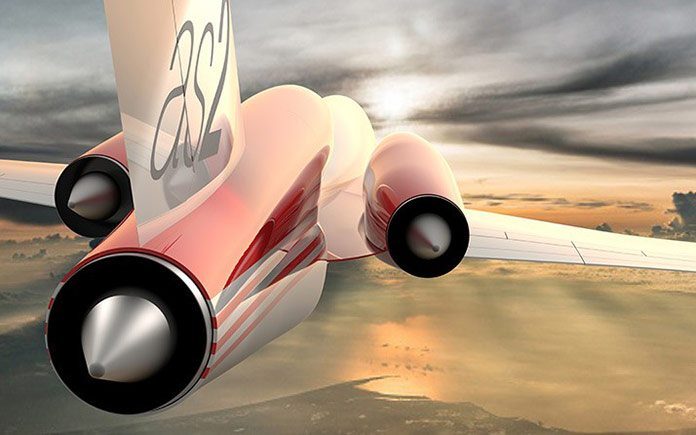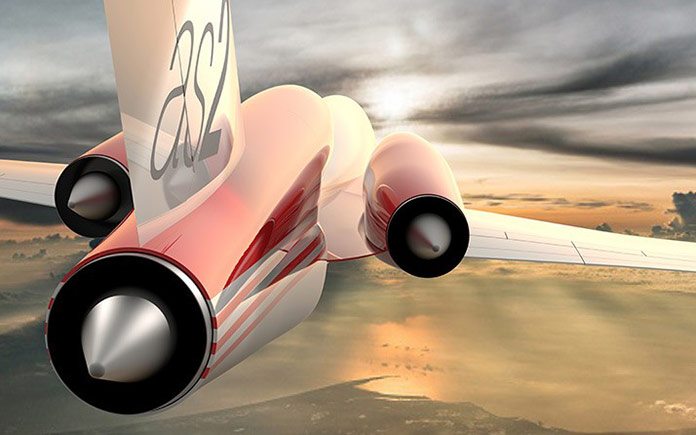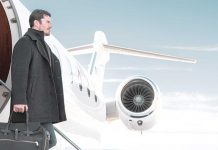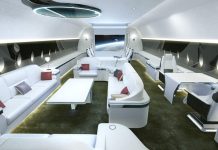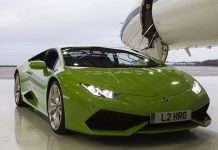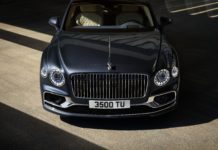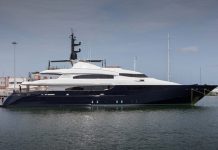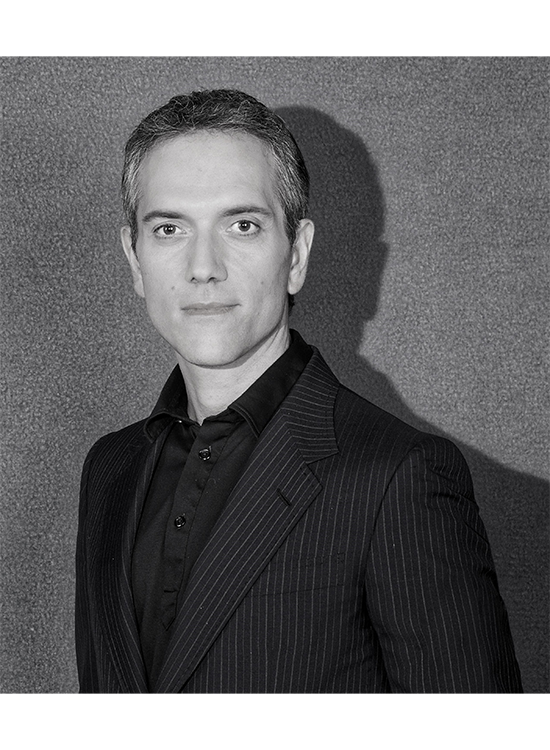Aerion Corporation’s board of directors has authorized the sale of the AS2 aircraft at a price of $120 million.
The initial 50 launch customers will receive preferential pricing and other benefits available only for this first tranche of orders.
“This is another step forward for Aerion,” noted Aerion Chairman Robert M. Bass. “We are offering a select group of forward thinking business aviation users the opportunity to fly faster and to make history with us as we reintroduce commercial supersonic flight.”
Aerion also announced that Ernest (Ernie) Edwards, formerly president of Embraer Executive Jets, had joined the company as senior vice president and chief commercial officer. “We will be having some very interesting discussions with travelers who place a high value on their time,” he said. “They can save three hours between Paris and Washington, D.C., and six and a half hours between San Francisco and Singapore. That speed advantage will be quite meaningful to them.”
The company continues to expand its engineering organization and deepen ties with Airbus Group as the two entities participate in a joint definition phase, refining the AS2 design. Aerion moved into new and expanded offices in Reno, Nevada in March to accommodate a growing staff and provide space for Aerion and Airbus engineers to work together.
New low-speed wind tunnel tests are planned for the AS2. They will take place at the University of Washington wind tunnel complex in September.
“We’ve made substantial progress in defining the AS2 from the inside and the outside, said CEO Doug Nichols. “It clearly is the shape of things to come and the next great advance in civil aviation.”
In the first quarter of 2014, Aerion completed its third market study in ten years to assess demand for a supersonic business jet, as well as the basic parameters of the most preferable configuration. That study, conducted by Roland Vincent Associates, confirmed a consistent level of demand for more than 600 units over 20 years, although with a desire for a larger cabin and more range.
One difference from the earliest market research study in 2005 was the incorporation of on-line and face-to-face interviews from long-range jet operators based in markets around the world. The initial study surveyed mainly U.S. operators. “In the latest study, we analyzed a number of design trade-offs to determine the optimum aircraft,” said Vincent. “We interviewed more than 130 operators of large cabin jets on-line and conducted 28 face-to-face interviews in the U.S., Europe, Middle East and Asia.”
A bigger and better supersonic flight experience
The Aerion AS2 is a three-engine jet and is larger than the originally conceived Aerion supersonic business jet. Fuselage length is 160 feet and maximum takeoff weight is 115,000 pounds. Minimum projected range is 4,750 nautical miles with the intention to achieve a range of more than 5,000 nautical miles.
The aircraft will have a 30-foot cabin in a two-lounge layout plus galley and both forward and aft lavatories, plus a baggage compartment that is accessible in-flight. Cabin dimensions widen from entryway to the aft seating area where height is six feet, two inches and cabin width is seven feet, three inches.
Balanced field length is 7,500 feet when fully fueled. The company expects that operators will be able to routinely operate at takeoff weights below 100,000 pounds while retaining trans-Atlantic and transcontinental U.S. capability, thus allowing the aircraft to operate from Teterboro as well as other major business aviation hubs with runways in the 5,000- to 6,000-foot range.
As with the smaller, original Aerion SBJ, the new aircraft will have two cruise “sweet spots,” where range and efficiency are at a maximum: one at about .95 Mach, for efficient cruise where supersonic flight is prohibited; and one at about Mach 1.4. At both speeds, total operating cost will be comparable to today’s largest ultra-long-range business jets. Maximum speed is Mach 1.6.
Aerion is in discussion with all leading engine suppliers to determine the optimum core engine for adaptation to supersonic requirements. The selected engine will be in the 15,000 lb. thrust range.
The original Aerion supersonic business jet was to be powered by twin 19, 600 lb. thrust Pratt & Whitney JT8D engines. While a well-proven design, the JT8D originated in the 1960s. It had excellent characteristics for a supersonic jet (for example, its low bypass ratio), however Aerion subsequently determined that the engine was growth-limited. Moreover, newer, more efficient and more durable engines with lower emissions were preferable for the AS2 and follow-on aircraft.
Aerion Corporation of Reno, Nevada, was formed in 2002 to introduce a new era of practical and efficient supersonic flight. Over more than a decade, Aerion has demonstrated advanced wing technology in conjunction with NASA and other leading aeronautical institutions. This research includes breakthrough work in the area of supersonic natural laminar flow, the key enabling technology behind the company’s AS2 business jet.

